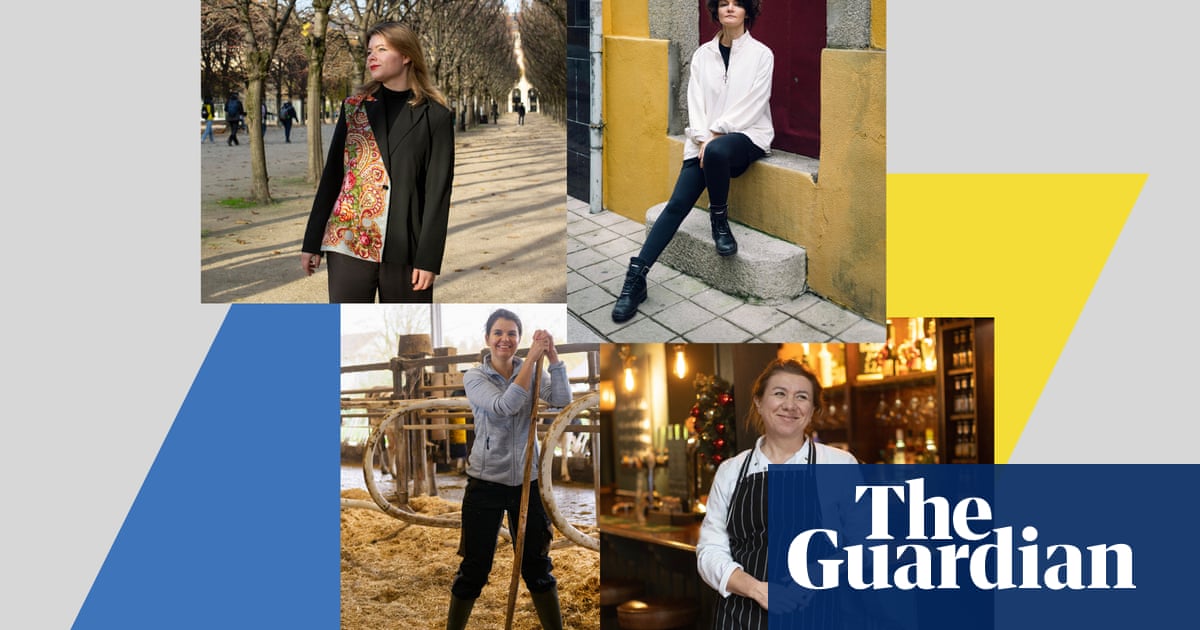
She was born without arms and legs to a farming family in 1784 and, measuring just 37 inches in height as an adult, was put on show in touring fairground attractions. Billed as The Limbless Wonder, Sarah Biffin painted, wrote and sewed with her mouth and shoulder, alongside prize fighters, wild animals and other sideshow “curiosities” that drew paying spectators.
But she overcame life’s adversities, finding recognition for her outstanding talent as a painter in an age when the artistry of women and disabled people was generally ignored.
Now a major exhibition will celebrate her as an inspiring woman who not only challenged attitudes to disability but who also painted miniatures and watercolours of such exquisite beauty that she counted Queen Victoria among her patrons.
The exhibition, which will include loans from public institutions, is being held from November at the London gallery of Philip Mould, presenter of the BBC One series Fake or Fortune?.
He said: “As a working-class, disabled female artist, her artworks – many proudly signed ‘without hands’ – are a testament to her talent and lifelong determination. But despite her prolific artistic output and appearance in numerous published memoirs, letters and literary works by leading figures of her age, Biffin’s remarkable life has been largely overlooked by art historians until now.”
Born with the congenital condition phocomelia, Biffin was described on her baptism record as “born without arms and legs”. Growing up in rural Somerset, she taught herself to write, paint, sew and use scissors. Such was her extraordinary determination that, when her family attended church, she refused to be carried, insisting on rolling down the aisle to their pew.
Her father worked as a farm labourer, a cobbler and a draper. Biffin was able to supplement the family income with her £5 annual earnings from her appearances with Emmanuel Dukes’s travelling fairground.
One advertisement proclaimed her “great genius” in drawing and painting with her mouth, adding: “The Reader may easily think it impossible she should be capable of doing what is inserted in this Bill, but if she cannot, and even much more, the Conductor will forfeit One Thousand Guineas.”
Some spectators received a specimen of her writing included in the cost of some tickets. Others paid three guineas for her miniature portraits.
One newspaper reported: “So exquisite is that lady’s touch that she can with ease tie a knot on a single hair with her tongue.”
Her fortunes changed after the Earl of Morton sat for his portrait at St Bartholomew’s Fair in London and was so impressed by her talent that he paid for her formal training with a noted painter, William Marshall Craig. From 1816, she set herself up as an independent artist and took commissions from nobility and royalty.
Such was her fame that Charles Dickens referred to her in several novels, including The Old Curiosity Shop, in which he wrote of “the little lady without legs or arms”.
But, as if she had not suffered enough, her heart was broken by a scoundrel, William Stephen Wright, who married her – only to disappear with her money, leaving her with a small annual allowance. She died in 1850, aged 66.
A revival of interest in Biffin in recent years is reflected by an increase in the prices her artworks fetch. In 2019, one of her self-portrait miniatures sold for £137,500, a remarkable sum for a little-known artist.
The exhibition Without Hands: The Art of Sarah Biffin will be staged in Pall Mall by Philip Mould & Company, which has specialised in British art for more than 35 years. It will feature Biffin’s commissioned portraits and self-portraits, including one acquired by the National Portrait Gallery in 2020, which will be among its Inspiring People show in 2023.
In most of her self-portraits, she depicted a paintbrush sewn into the sleeve of her dress that she would manipulate using both her shoulder and her mouth.
Other exhibits include still lifes, such as her Study of Feathers, executed with supreme delicacy and realism, and handwritten letters that reveal humour rather than bitterness.
Mould described her talent as remarkable and deserving of a place in art history books.
As Biffin was prolific, he believes that more of her works have yet to be discovered. They may have been wrongly attributed as she signed some under her husband’s name.
The exhibition’s adviser is Alison Lapper, who was born 180 years later with the same condition as Sarah Biffin, and who inspired Marc Quinn’s sculptural portrait on the fourth plinth in Trafalgar Square. She said: “I am completely fascinated with Sarah Biffin and our similarities.”












